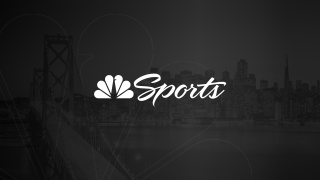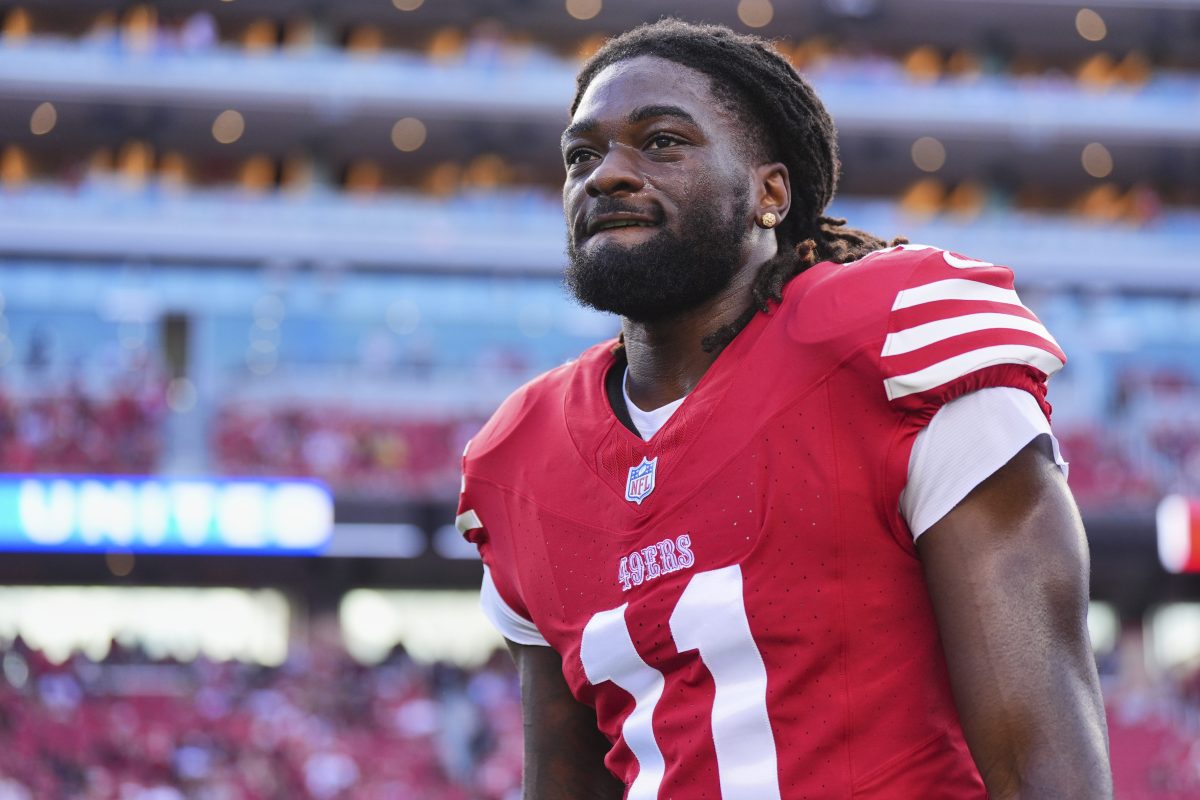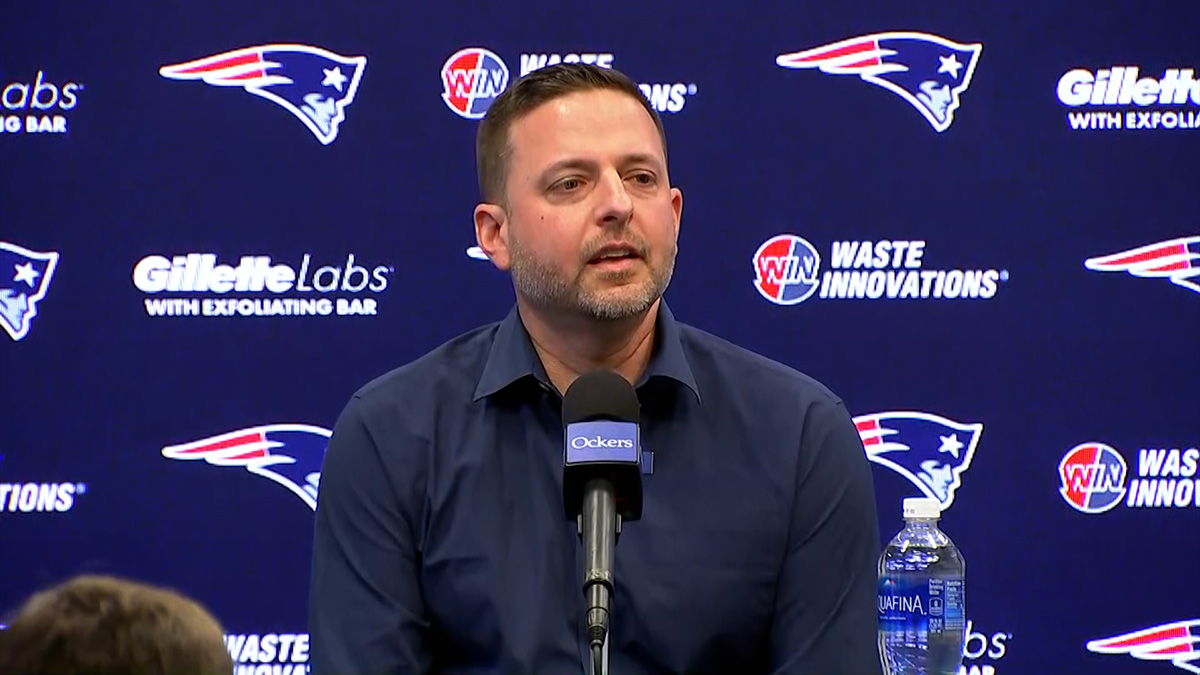
With the life-altering damage of traumatic brain injury, the rising cost of seat licenses and tickets, the lack of corporate sponsorships, experiential virtual reality, unsportsmanlike fan behavior, increasing ownership debt load caused by concussion lawsuits, the lack of young footballers in the pipeline, the global growth of basketball and soccer, advances in sensorial technology and a lack of NFL marketing momentum, it seems only a matter of time before the popularity of the NFL experiences a precipitous downward slide.
Currently, the NFL is the pro sports gold standard for viewership, revenue, franchise valuations and fan avidity. There won’t be an overnight stock market-type crash, but there are a number of real world issues that are beginning to chip away at the NFL’s hegemonic rule...
It’s Only a Brain:
There are an estimated 300,000 sports-related traumatic brain injuries in the 15-24 age range. The proportion of these repeat concussions is unknown but there is increased risk for subsequent TBI (traumatic brain injuries) among people that have had at least one previous concussion. The medical condition is termed “second impact syndrome,” first characterized by doctors in 1984.
Recently Pop Warner Football took action by instituting new rules relating to full contact. The youth football organization announced that it was banning head-to-head hits and limiting contact in practice to 40 minutes a day. Pop Warner has more than 400,000 players ages 5-14 participating in 43 states and international markets. The policies come after studies detailing the risks of concussions in football as well other youth contact sports.
The latest statistics from NSGA (National Sporting Goods Association) show that participation in youth football declined from 7.9 million in 2007 to 6.2 million in 2014.
Football is the most dangerous sport for youngsters, according to the American Journal of Sports Medicine.
Player Conduct:
Can you say Aaron Hernandez, Ray Rice, Bruce Miller, Aldon Smith and the nine-times-busted leader of arrests Adam “Pac Man” Jones? Three strikes and you’re out in baseball (and in most legal jurisdictions) but if you can rush the passer or run past the defense, your run-ins with the law might be overlooked. In the future will the NFL instantly delete all knuckleheads, abusers, druggies or murderers from their roster?
Global Games:
The NFL has been working on building its brand internationally for decades with 58 games played in Mexico, China, Germany, Japan, Australia, Sweden, Spain and Canada -- with a major focus on the United Kingdom. Attendance will never be a problem for these games. The next time you are driving around the British countryside count the number of youngsters donning football gear.
NFL
The growth of soccer in the USA and basketball around the globe is far ahead of any growth of American football in international markets. The failure of NFL Europe in 2007 is a cautionary tale.
The first NFL game played outside of North America was Aug. 16, 1976 in Tokyo (St. Louis defeated San Diego 20-10). The first game played in Europe was Aug. 6, 1983 (Minnesota defeated St. Louis 28-10 in London's Wembley Stadium).
Legalized Gambling:
Legalized gambling is a bit it of a problem for the league now, but it could be a massive pile of cash in the future.
The upcoming debate and vote on the Raiders' proposed move to Nevada will be sure to heat up in the months to come especially so with Sands Casino Executive Sheldon Adelson contributing $650 million to the $1.9 billion Las Vegas stadium.
Fans wagered $4.2 billion on Super Bowl 50 with an estimated 95% bet illegally.
Cost of New Stadiums:
In Northern California alone, the costs of new and planned stadiums for the 49ers, Earthquakes, Warriors, Kings, Raiders and A's add up to $5.5 billion.
The new stadium mega-city being built for the Los Angeles Rams will cost $2.6 billion and a planned stadium in Las Vegas for the Raiders is estimated to cost $1.9 billion.
Many communities are telling billionaire owners that they will have to shoulder the majority of the cost of their new football homes. Oakland Mayor Libby Schaaf has consistently told the Raiders there won’t be any public money for a new stadium for the Silver and Black even with their miraculous team turnaround.
My Communication Cave is Bigger than Yours:
The visual experience of viewing a game in a stadium changed with the "galaxy's largest" TV at AT&T Stadium in Dallas. No matter how hard you try to look down at actual players and live game action on the field, your eyes will be pulled to mega-video boards throughout NFL stadiums.
Fans want the best possible immersive experience and they will determine how will watch and communicate with their favorite teams and sports. It’s hard to give a standing ovation with a phone in your hand. Sports fans are the ultimate committed customers. They will do what they want no matter what the NFL’s marketing mavens have up their sleeves.
No matter what the economy may look like, fans are investing in HD-enhanced screens and creating NFL virtual venues in their homes.
Just wait until virtual reality becomes affordable for the media rooms of millions.
The Black and Blue of the Blackout:
The NFL blackout rule was put into effect in the 1960s to protect the team’s home gate. The logic was that the threat of a local TV blackout would force fans without tickets to open their wallets, descend on the box office and fill the empty seats. The first seven Super Bowls weren’t televised in the city where the game was being played. Luckily, no team that played in any of those host cities was a Super Bowl participant.
Even after the NFL-AFL merger in 1970, Commissioner Pete Rozelle refused to lift local TV blackouts. "We feel it is enough to bring the fan their seven road games and bring them other games when their team is at home," Rozelle said in 1972. "Even the possibility that a game might be televised could hurt ticket sales."
Home blackouts were lifted in 1973 with the “72-hour rule.” This dictated that a game had to be sold out 72 hours in advance before the local blackout could be lifted. Teams work with their local TV partner and corporate sponsors to “buy out” the remainder of unsold tickets. In many instances the purchased tickets are redistributed to community groups. This artificial sellout gives the local TV carrier the opportunity to televise the game, satisfy their advertisers and guarantee high local TV ratings. The problem with “buy outs” is the number of tickets and their price. Teams can use their lowest priced ticket, but if you have 6,500 unsold tickets at $35 a pop that can be a tough pill for the TV station or sponsor to swallow.
The notion that the blackout rule had accounted for sellout attendance and full stadiums was delusional. The blackout rule outlived its originally intended purpose. There were multiple reasons why blackouts were counterintuitive to the the world most NFL fans were living in for the past few decades and served to diminish interest in the game.
Fan Behavior:
The NFL does not regulate when stadium parking lots open and close, and the ability to cut loose before games is part of the appeal for many fans. Several teams allow cars through gates as early as five hours before kickoff; some franchises allow tailgaters to spend all day in the lots, regardless of whether they hold game tickets.
The NFL has made significant efforts in recent years to improve the climate inside its stadiums by identifying trouble spots and providing its franchises with guidelines for creating a friendlier atmosphere. But it is having only limited success and may be pushing unsavory fan behavior from stadiums to the parking lots.
Season ticket holders don’t attend all the games, especially when a team is leaking oil. The ability of season ticket holders to resell their tickets in the secondary market has changed the makeup of the in-game experience. For years you knew your section buddies. They were like family. Now, from week to week, you have no clue who might show up. The sense of community and civility is gone.
NFL football’s graying demographic is hurting the live game. The AARP generation just doesn’t want the hassle of driving, parking and experiencing stadium environments that they think might be a bit rowdy.
Money might be in short supply, but time is even tighter. The weekend of today is incredibly more complicated than the Ozzie & Harriet days of black and white TV. Who has the time?
Millenial Malaise:
Attracting millenial patrons presents a great challenge to league and team marketers. When you can multi-task most people under the table and your attention span and institutional knowledge is measured in nanoseconds not years, the concept of being a season ticket holder for a sports team is foreign.
PART TWO
Next week we'll examine how the NFL will navigate these challenges in order to stay at the top of the professional sports food chain....


